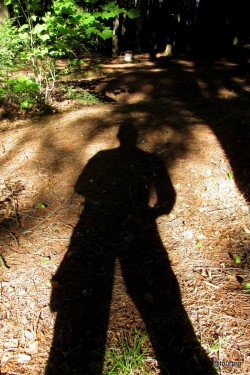DEC Urges New Yorkers Not To Disturb Fawns and Other Young Wildlife
 New Yorkers should keep their distance and not to disturb newborn fawns or other young wildlife as many animals are in the peak season for giving birth, the New York State Department of Environmental Conservation (DEC) today cautioned.
New Yorkers should keep their distance and not to disturb newborn fawns or other young wildlife as many animals are in the peak season for giving birth, the New York State Department of Environmental Conservation (DEC) today cautioned.
It is not unusual to see a young bird crouched in the yard or a young rabbit in the flower garden, both apparently abandoned. Finding a fawn deer lying by itself is also fairly common. Many people assume that young wildlife found alone are helpless and need assistance for their survival, however, in nearly all cases this is a mistake and typically human interaction does more damage than good. Those that see a fawn or other newborn wildlife should enjoy their encounter but keep it brief, maintain some distance and do not attempt to touch the animal.
Young wildlife quickly venture into the world on shaky legs or fragile wings. While most are learning survival from one or both parents, some normally receive little or no care. Often, wild animal parents stay away from their young when people are near. For all of these young animals, the perils of survival are a natural part of life in the wild.
White-tailed deer fawns present a good example of how human intervention with young wildlife can be problematic. Most fawns are born during late May and the first half of June. While fawns are able to walk shortly after birth, they spend most of their first several days lying still. During this period a fawn is also usually left alone by the adult female (doe) except when nursing. People occasionally find a lone fawn and mistakenly assume it has been orphaned or abandoned, which is very rare. Fawns should never be picked up. If human presence is detected by the doe, the doe may delay its next visit to nurse.
A fawn’s best chance to survive is by being raised by the adult doe. Fawns nurse three to four times a day, usually for less than 30 minutes at a time, but otherwise the doe keeps her distance. This helps reduce the chance that she will attract a predator to the fawn. The fawn’s protective coloration and ability to remain motionless all help it avoid detection by predators and people.
By the end of its second week, a fawn begins to move about more and spend more time with the doe. It also begins to eat grass and leaves. At about ten weeks of age, fawns are no longer dependent on milk, although they continue to nurse occasionally into the fall. During August, all deer begin to grow their winter coat and fawns lose their spots during this process.
Related: Sad ending for baby squirrels
Should you find a fawn or other young wildlife, If You Care, Leave It There. In nearly all cases that is the best thing for the animal. DO NOT consider young wildlife as possible pets. This is illegal and is bad for the animal. Wild animals are not well suited for life in captivity and they may carry diseases that can be given to people. Resist the temptation to take them out of the wild. For more information and answers to frequently asked questions about young wildlife, visit the DEC website at: Care of Young Wildlife





